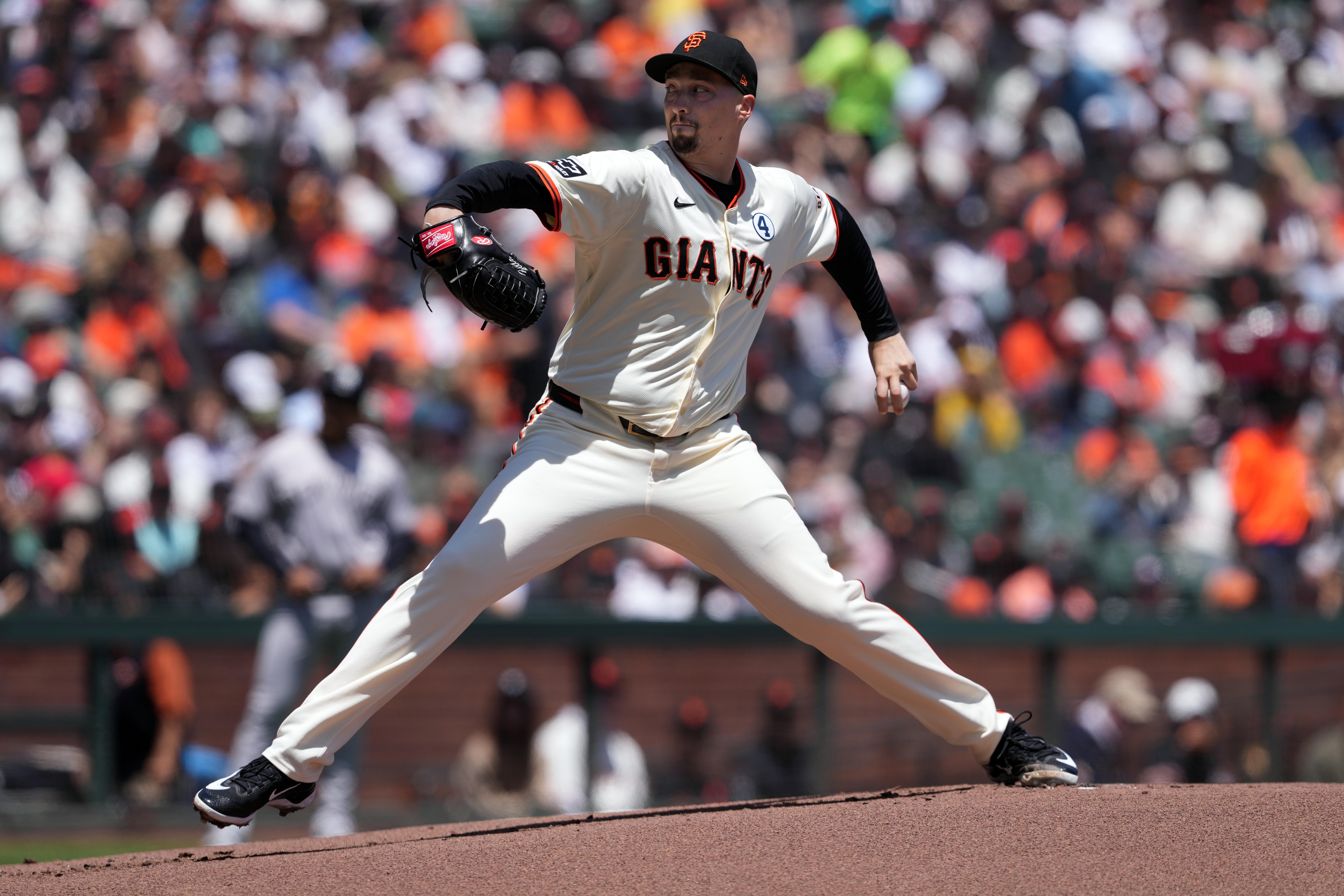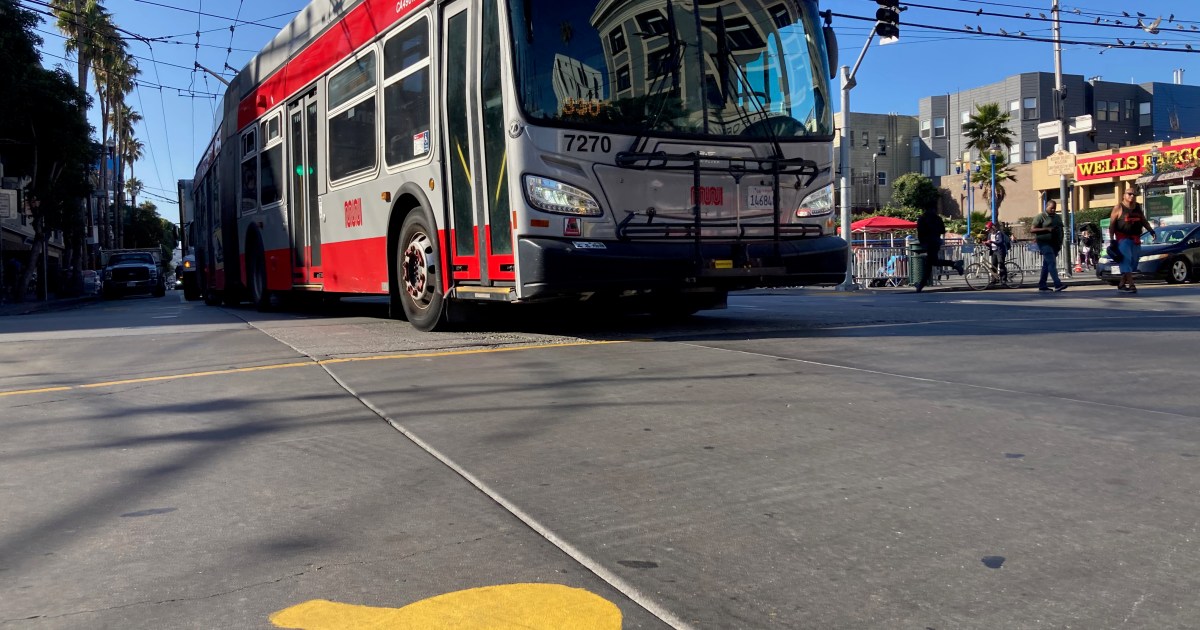Going, Going, Gone, why the A’s are shifting to Las Vegas

Dixon Oakland Athletics fan Doug Sutherland attends a “reverse boycott” event at the Coliseum on June 13.
The Nevada legislature and governor approved $385 million in public funds to support construction of a new domed ballpark to welcome the A’s as they set foot in Oakland. Their new $1.5 billion facility won’t be ready until 2028 at the earliest.
How did this happen?
What happened behind closed doors in Oakland, Las Vegas, Carson City, at Major League Baseball’s headquarters in New York City, and at A’s owner John Fisher’s office in San Francisco?
Having spent decades in the top offices of the Big Four professional athletes, including 14 years with the Oakland A’s from 1980 to 1994, I’ve seen and heard what can happen when the doors are closed.
Oakland A’s “Parallel Path” soap opera includes truth, fiction, multiple artist renderings for ballpark locations in and around Oakland including Howard Terminal, possums in press boxes, binding Las Vegas land contracts that weren’t binding, a vociferous “reverse Boycott”. and a Nevada legislature requiring special sessions to approve a 30,000-seat domed baseball stadium on nine acres at the south end of the Las Vegas Strip.
The cast of this ongoing soap opera includes Fisher, team president Dave Kaval, MLB Commissioner Rob Manfred, Nevada Governor Joe Lombardo, elected officials from Oakland and a variety of attorneys, consultants, media connoisseurs and lobbyists.
Millions of words have been written about the who, what, when, where and why of the Oakland A’s move to Las Vegas. The why matters.
Here’s why: The A’s were bought by Fisher and a business partner in 2005 for $180 million. Today, Fisher is the sole owner and the team is valued at $1.2 billion, placing it in the bottom four of MLB’s 30 teams. The New York Yankees are worth $7 billion and the Los Angeles Dodgers $5.2 billion. The San Francisco Giants are worth $4 billion.
Fisher knew the franchise wouldn’t continue to increase in value until he had a new stadium. Some sports economists believe the valuation could rise 100% when heavy equipment begins digging the foundations for the Las Vegas ballpark.
MLB executives believe that as sports betting becomes more legal across the country, having a team in Las Vegas will help add value to all teams. Barring promotional and marketing partnerships with casinos, that big win for MLB is years away.
Fisher believed that the quickest way to Sin City was to commit the sin of dumping his good players and letting the Coliseum decay further. Meanwhile, behind closed doors, MLB Commissioner Manfred reversed the $500 million relocation fee that was supposed to be billed to the A’s. Why? Because he knew neither Nevada officials nor Fisher would pay for it.
As this groundhog day of greed continues, Fisher and MLB will benefit from 55 years of green-and-gold loyalty represented by the 80 million A’s fans who have passed through the Coliseum’s turnstiles. It is their investment, loyalty and dedication that has made the value of the team what it is today.
The green and gold is now in the bank accounts of Fisher and his MLB peers, who will use those assets in the next iteration of the A’s.
Andy Dolich is a sports business consultant and former top executive with the Oakland A’s, San Francisco 49ers and Golden State Warriors. He and Dave Newhouse are the authors of the recently published book Goodbye, Oakland: Winning, Wanderlust, and a Sports Town’s Fight for Survival.





